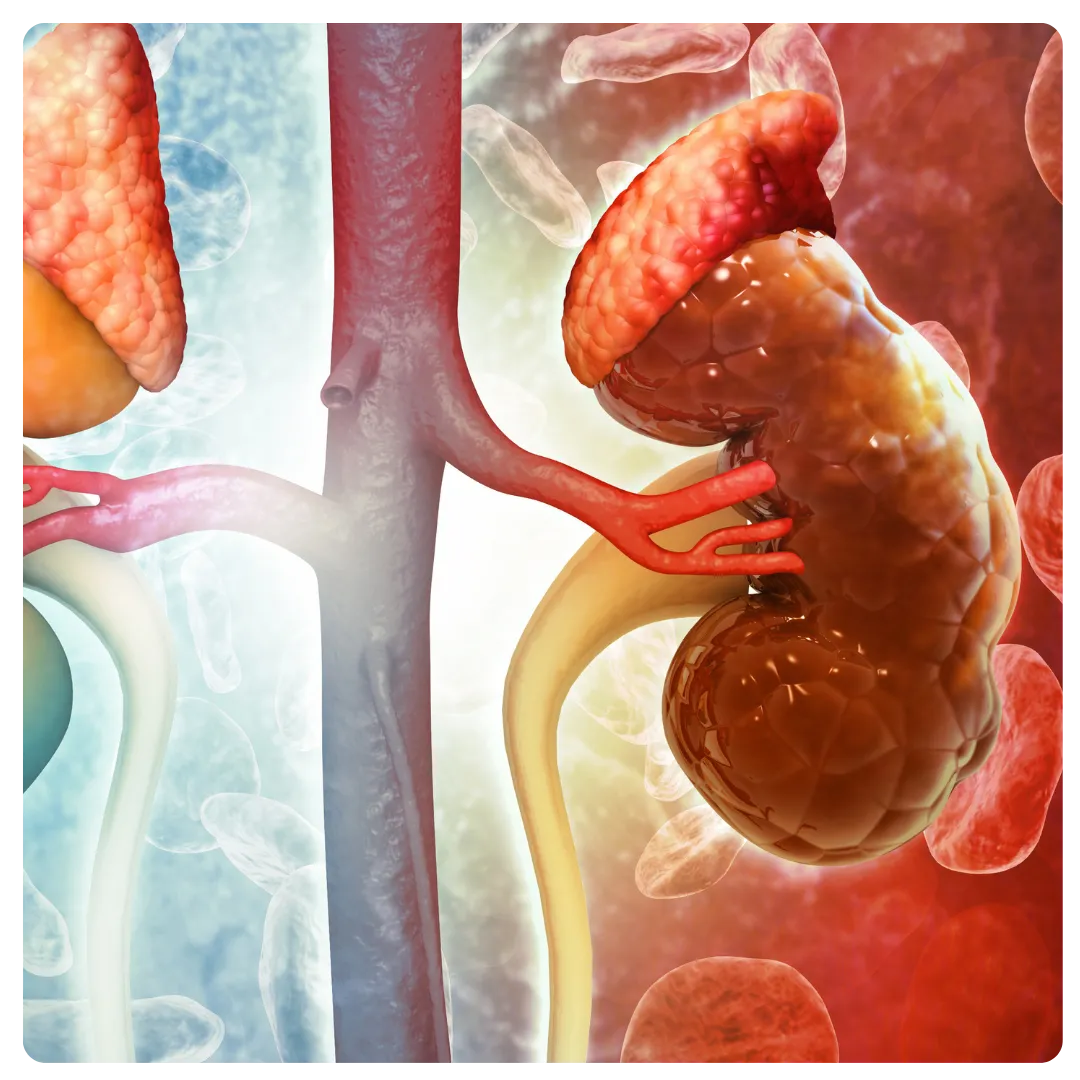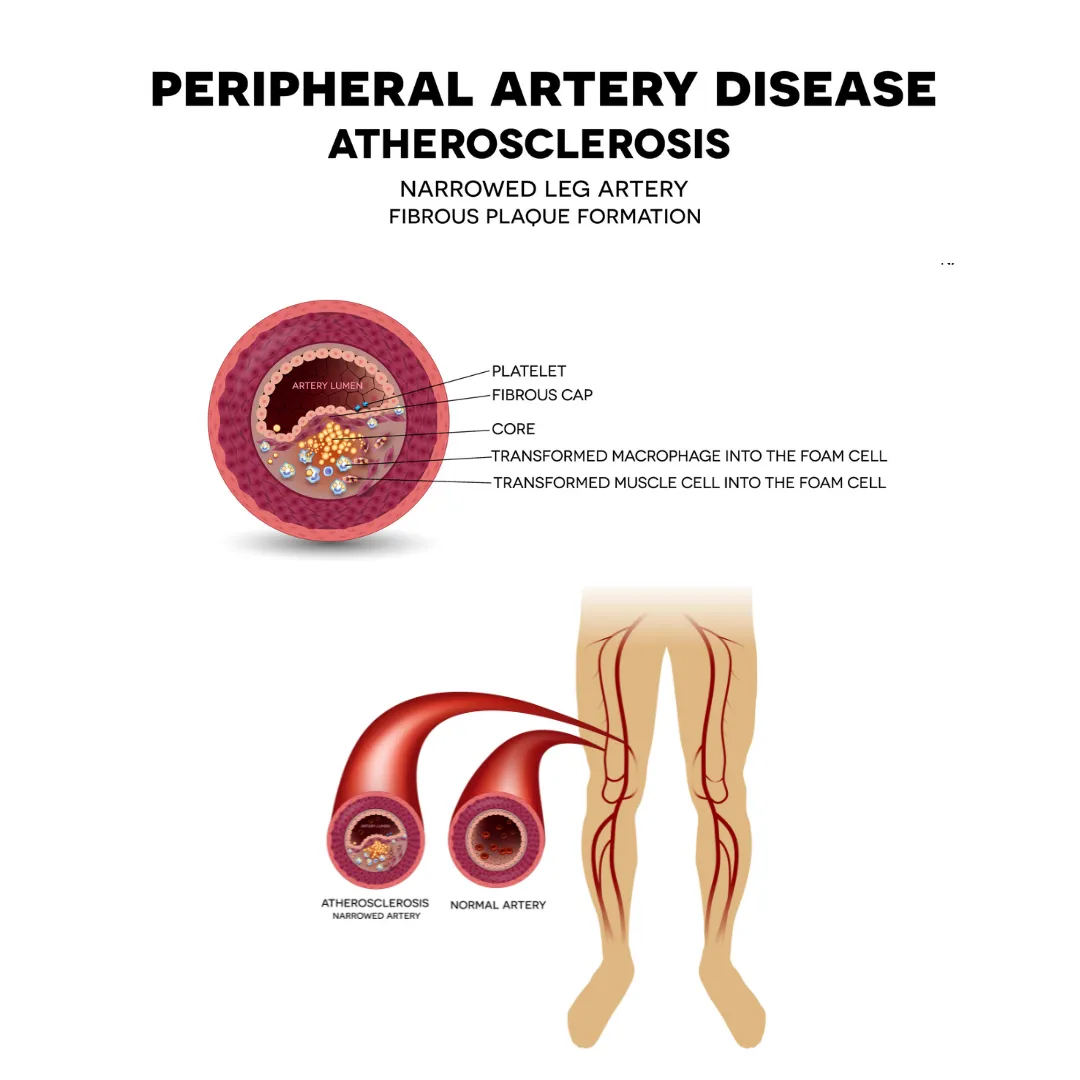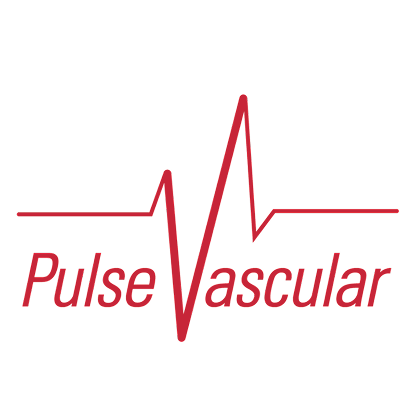
Recent studies have shown a strong link between chronic kidney disease (CKD) and peripheral arterial disease (PAD). Research indicates that patients with CKD have an increased risk of developing PAD due to shared risk factors like diabetes, high blood pressure, and atherosclerosis.
A study involving over 14,000 patients found that those with CKD developed PAD at a rate roughly twice that of those without CKD. Patients with CKD are at higher risk of developing PAD. Studies show that a novel biomarker, high-sensitivity troponin (HsTP), has been identified as a potential predictor of new-onset PAD in patients with CKD. Research from the Chronic Renal Insufficiency Cohort (CRIC) study found that higher levels of HsTP were associated with a significantly increased risk of incident PAD in patients with mild to moderate CKD.
The common factor is Atherosclerosis:
Both CKD and PAD are often driven by atherosclerosis, a condition where plaque builds up inside arteries. This plaque reduces blood flow and can affect various parts of the body, including the kidneys and peripheral arteries.
The pathway of disease starts with atherosclerosis and inflammation.
These processes damage the vessel walls and reduce flow in the areas being supplied by the blood vessels. This affects all parts of the body and reduce blood flow can lead to stroke, heart attack, organ failure and/or failure to heal wounds. At Pulse Vascular we can monitor your blood vessels in key areas to see if the process is present and is under control.

Associated Risk:
CKD and PAD share many common risk factors, such as diabetes, high blood pressure, and smoking. These risk factors increase the likelihood of developing both conditions.
Mortality Risk:
Having both CKD and PAD significantly increases the risk of mortality. CKD patients with PAD are at a higher risk of complications and mortality. A study published in the International Journal of General Medicine highlighted that CKD patients undergoing revascularization for PAD had higher rates of amputations, mortality, and perioperative complications compared to non-CKD patients.

Pulse Vascular Can Help.
The Pulse Vascular Specialists take additional steps to identify patients with CKD who may be at risk of developing PAD. Early detection is key to the overall management of the disease to achieve the best outcomes for our patients.
Here is what you can do to reduce your risk and improve your life:
-
Quit Smoking: Smoking cessation is one of the most effective ways to improve blood flow and reduce the risk of complications.
-
Healthy Diet: Adopt a diet rich in fruits, vegetables, whole grains, and lean proteins. Limit saturated fats, trans fats, and cholesterol.
-
Regular Exercise: Participate in supervised exercise programs to improve circulation and reduce symptoms of claudication.
-
Manage Chronic Conditions: Control diabetes, high blood pressure, and high cholesterol through lifestyle changes and medications.
-
Foot Care: Inspect your feet regularly for sores or wounds and wear comfortable shoes to prevent injuries.
-
Medication Adherence: Take prescribed medications, such as antiplatelet agents and statins, to manage symptoms and prevent complications.
-
Regular Check-ups: Have regular check-ups with your healthcare provider to monitor your vascular health and adjust your treatment plan as needed. Feel free to contact us at Pulse Vascular if you have any questions.
